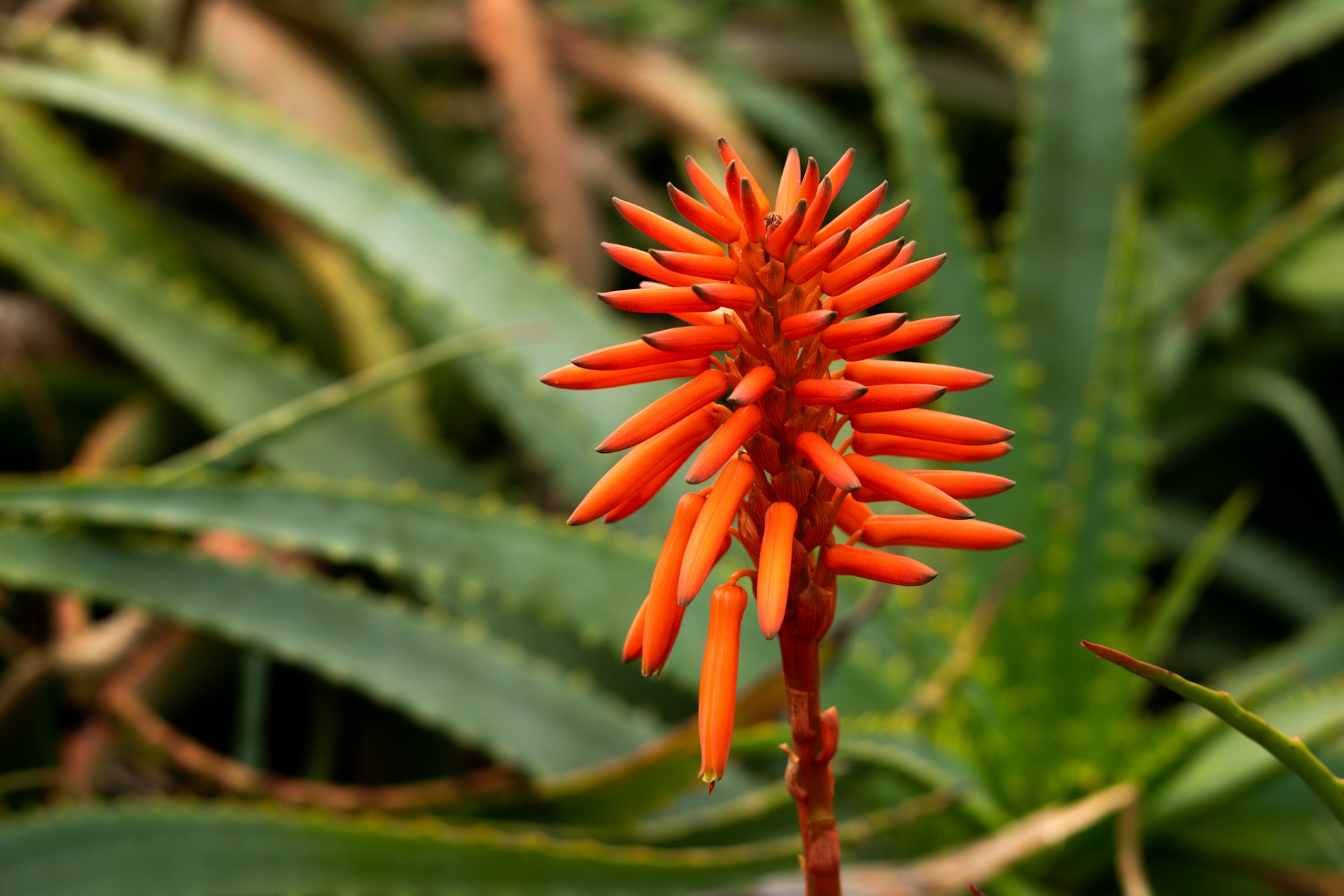In an era where urbanization becomes the norm, the populations of birds and insects dwindle in many regions. It is now ever more crucial for us to create nature-friendly havens in our backyards and public spaces. One way is by nurturing flowering shrubs that create a natural habitat for these species. Here are seven types of flowering shrubs you might consider for your garden:
Butterfly Bush (Buddleia)
As the name suggests, Butterfly Bushes are adored by butterflies. However, they also attract a variety of birds, including hummingbirds. With their long, cone-shaped clusters of flowers, they bloom from summer to fall. These non-native shrubs can grow up to 8 feet tall, providing ample food and shelter. According to Realgardensgrownatives, they are considered an excellent addition to any bird and butterfly-friendly garden.
Lilac (Syringa)
Known for their intoxicating fragrance and clusters of small, tubular flowers, lilacs are irresistibly inviting to many species of pollinators, insects, and birds. Most Lilac species bloom in late spring, painting your garden with vivid colors. While butterflies and bees get attracted to the nectar, birds, such as finches and robins, are drawn towards the seeds.
Rhododendron
With their dramatic display of vibrant blooms in the spring, Rhododendrons makes your garden look attractive and brings life to it. They provide both nectar for butterflies and hummingbirds and shelter for smaller bird species. Moreover, their evergreen leaves ensure year-round cover for birds and beneficial insects.
Weigela
Weigelas are characterized by their trumpet-shaped flowers, enticing hummingbirds, butterflies, and beneficial insects alike. They bloom prolifically in late spring, with sporadic re-blooming throughout summer and fall. Grown as hedges or specimen plants, Weigela’s can be an excellent addition to any bird-friendly garden.
Azalea
Azaleas, part of the Rhododendron family, are loved by native bees and butterflies. As outlined by Sammysplantworld, they become true bird magnets when they bear fruit after flowering, attracting species like robins and warblers. With their abundant, vivid blooms in the spring and varying sizes, azaleas make an attractive and practical choice for any garden.
Mock Orange (Philadelphus)
Mock Orange smells as lovely as it looks, attracting a plethora of beneficial insects and bird species. Blooming in late spring, its abundant, fragrant, white flowers provide nectar for bees and butterflies, while its dense foliage offers shelter for birds. The seeds are also a favorite for many songbirds.
Rose of Sharon (Hibiscus syriacus)
Rose of Sharon, a late-summer bloomer, is a favorite of hummingbirds and butterflies, with its large, colorful, funnel-shaped flowers. As suggested by Theflowersareburning, in creating a bird-friendly environment, plant variety is critical, making this shrub an excellent choice to extend the flowering season of your garden.
In conclusion, these flowering shrubs not only make your garden more beautiful but also help in conserving local biodiversity. By choosing these plants, you will liven up your outdoor space and contribute to a larger cause: supporting our precious birds and insects.

